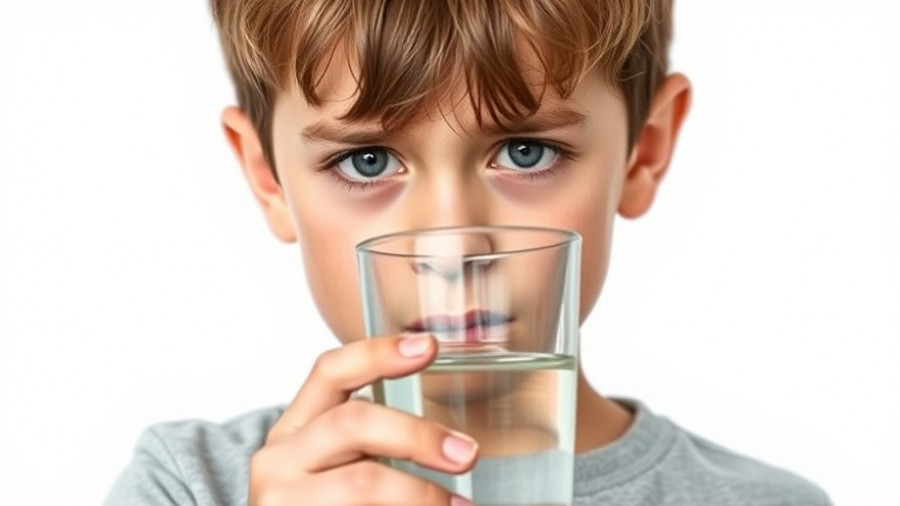
Why Bad-Tasting Water Shouldn't Cause Panic
Recent studies reveal that over 143 million Americans have PFAS, also known as “forever chemicals,” present in their tap water, raising serious concerns about water quality. However, it's essential to understand that bad-tasting water doesn't automatically indicate unsafe drinking water. In fact, most of the time, unpleasant flavor arises from harmless minerals or innocuous contaminants. According to the Environmental Working Group (EWG), while many water sources might show poor taste or odor, this doesn't necessarily correlate with harmful effects.
Understanding Your Water Quality
Before you completely lose faith in tap water, you can leverage resources like the EWG Tap Water Database. By entering your zip code, you can discover what contaminants are present in your local water supply and receive tailored recommendations on effective filters. Knowing the specifics of what's in your water can empower you with the information needed to make informed choices instead of relying on possibly misleading marketing claims about bottled water.
Modern Solutions for Bad Taste
When tackling the issue of bad-tasting water, understanding filtration methods is critical. Advanced filtration technologies develop continuously, improving the way we deal with both taste and potentially harmful substances. New systems incorporate features such as:
- Advanced Membrane Filtration: This includes nanofiltration and ultrafiltration processes that eliminate bacteria and viruses as well as various chemicals, including PFAS.
- Smart Filtration Systems: AI-enabled technology adjusts settings in real-time to optimize water cleaning processes.
Choosing the Right Filtration System
Selecting the ideal filtration system is essential. While some filters enhance flavor, they may be inadequate for removing hazardous contaminants. The CDC recommends considering reverse osmosis systems for robust contaminant removal. Understanding the specific contaminants in your water supply will guide your choice in systems that address your concerns most effectively.
Taking Practical Steps to Improve Water Taste
Resolving bad taste issues can also be achieved with simple home remedies. Here are a few tips that might help:
- Let your water sit for a while after running the tap. This might allow some unpleasant tastes to dissipate.
- Try using a carbon-filter pitcher as an initial measure until a permanent solution is installed.
Stay Informed and Empowered
Staying hydrated is vital, and ensuring that you drink enough water regardless of taste can profoundly impact overall health. Bad-tasting water doesn’t have to ruin your hydration habits; knowledge about your local water quality and available solutions is key. Understanding both your needs and the capabilities of modern filtration technologies can transform bad-tasting water into a reliable source of hydration.
Final Thoughts
Given the rising concerns surrounding water contamination, it is vital to stay informed and proactive regarding water consumption choices. Whether you choose to explore filtration systems or other alternatives, prioritizing water quality can greatly enhance your daily health choices.
 Add Row
Add Row  Add
Add 




Write A Comment